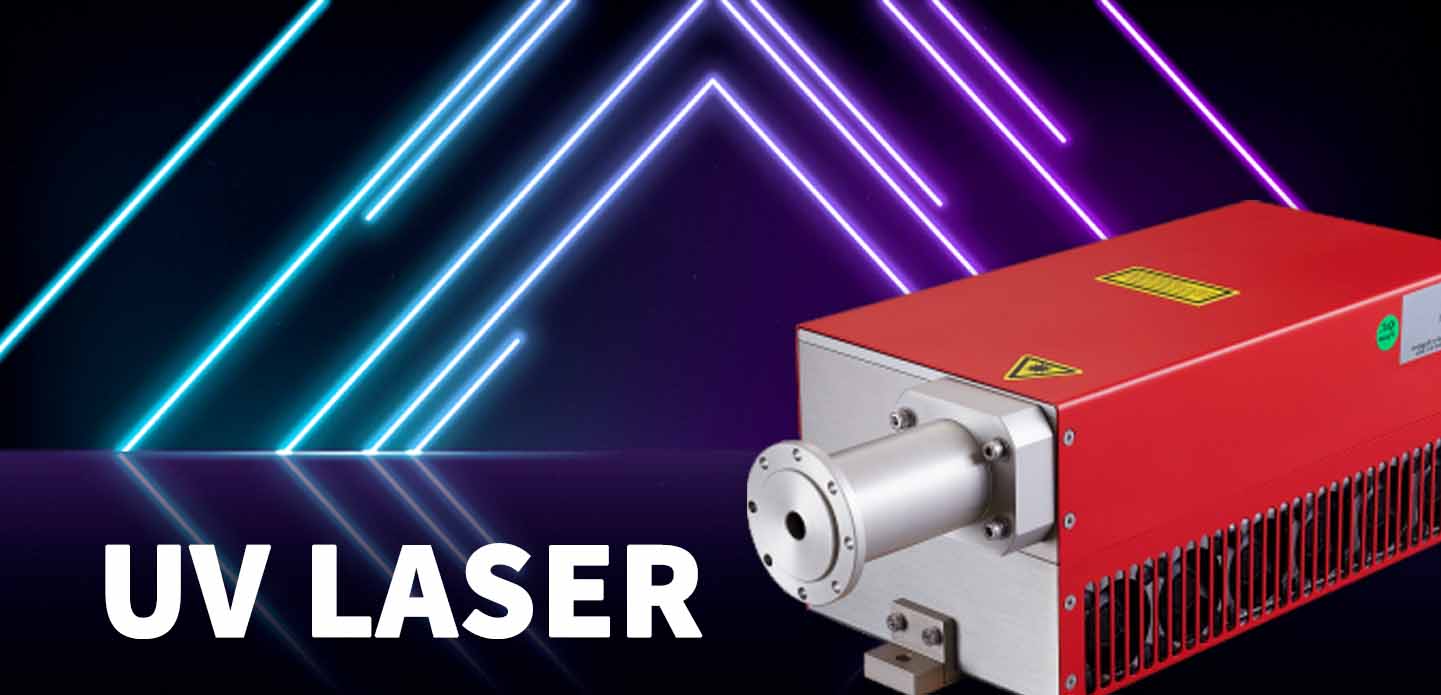High power UV lasers have emerged as a transformative technology, reshaping industries from manufacturing to medicine. These lasers, with their ability to produce ultraviolet light at significant power levels, are not only pushing the boundaries of what is possible in various applications but also enabling innovations that were once only a dream. Understanding the workings, applications, and implications of high power UV lasers is essential for both industry professionals and the general public alike.
Understanding High Power UV Lasers
Ultraviolet (UV) lasers operate in the wavelength range of 10 nm to 400 nm, putting them just below visible light on the electromagnetic spectrum. High power UV lasers, defined by their ability to emit a significant amount of energy, can deliver concentrated bursts of UV light capable of inducing chemical reactions, ionizing materials, or even cutting through solid objects. The ability to create highly focused beams allows for precision and control in various applications, which is particularly valuable in fields like manufacturing and healthcare.
The mechanisms behind these lasers involve the use of specific gain media and optical components designed to amplify light in the UV range. Common technologies include excimer lasers, solid-state lasers doped with specific elements, and frequency-doubled lasers. Innovations in laser technology have led to breakthroughs such as increased efficiency, better beam quality, and enhanced reliability—factors that are critical when integrating these systems into practical applications.
Industrial Applications of High Power UV Lasers
One of the most significant domains for high power UV lasers is in manufacturing. These lasers are invaluable in processes such as laser cutting, engraving, and micromachining. Unlike traditional cutting tools, UV lasers can cut through materials with minimal heat influence, reducing thermal damage and warping, which is particularly important for sensitive materials such as plastics, polymers, and composites.
Moreover, industries like electronics manufacturing use high power UV lasers for ablation processes, where precise material removal is required. This technology is essential in creating microcircuits—a job that demands extreme accuracy and a clean finish that high power UV lasers provide. Additionally, the ability to focus UV light into tiny spots allows for the production of intricate designs on a nanoscale, pushing advancements in nanotechnology.
Printing technology has also seen a significant leap due to high power UV lasers. These lasers are utilized in high-speed curing processes, enabling rapid drying of inks and coatings, particularly in the packaging and graphic arts sectors. Businesses can increase efficiency and reduce production time while ensuring superior print quality.
Medical Applications of High Power UV Lasers
In the medical field, high power UV lasers are proving to be a game changer. These lasers are employed in various therapeutic procedures, including skin treatments and surgical applications. Their exceptional precision minimizes surrounding tissue damage, promoting faster patient recovery times.
High power UV lasers are also effective in phototherapy, particularly for conditions like psoriasis and vitiligo. The ability to target specific skin areas with minimal side effects enhances treatment efficacy and patient satisfaction. Moreover, even in ophthalmic surgery, certain UV laser technologies facilitate procedures like LASIK, allowing for precise cuts in corneal tissue.
Challenges and Future Directions
Despite the immense potential of high power UV lasers, there are challenges that need to be addressed. Safety is a significant concern, as UV light can cause skin and eye damage. Thus, appropriate protective measures and safety protocols must be rigorously developed and enforced in any environment where these lasers are used.
Moreover, as industries continue to push the boundaries of what is possible, there is a growing need for research and development investments to enhance the functionality, efficiency, and cost-effectiveness of high power UV laser systems. This involves not only improving laser technology but also expanding the breadth of applications for existing and new markets.
Conclusion
High power UV lasers represent a frontier of technological advancement with far-reaching implications across various sectors. Their capability to perform intricate tasks with precision and efficiency is revolutionizing industries and improving healthcare outcomes. As research and development continue to forge new paths, the future of high power UV lasers holds promise for even more innovative uses, ultimately transforming both everyday life and advanced industrial processes. The journey toward fully harnessing this powerful technology has just begun, and its impact will undoubtedly resonate for years to come.
由投稿用户稿件整理发布,不代表本站观点及立场,更多交流学习之用,如涉及版权等问题,请随时联系我们(yangmei@bjjcz.com),我们将在第一时间给予处理。






